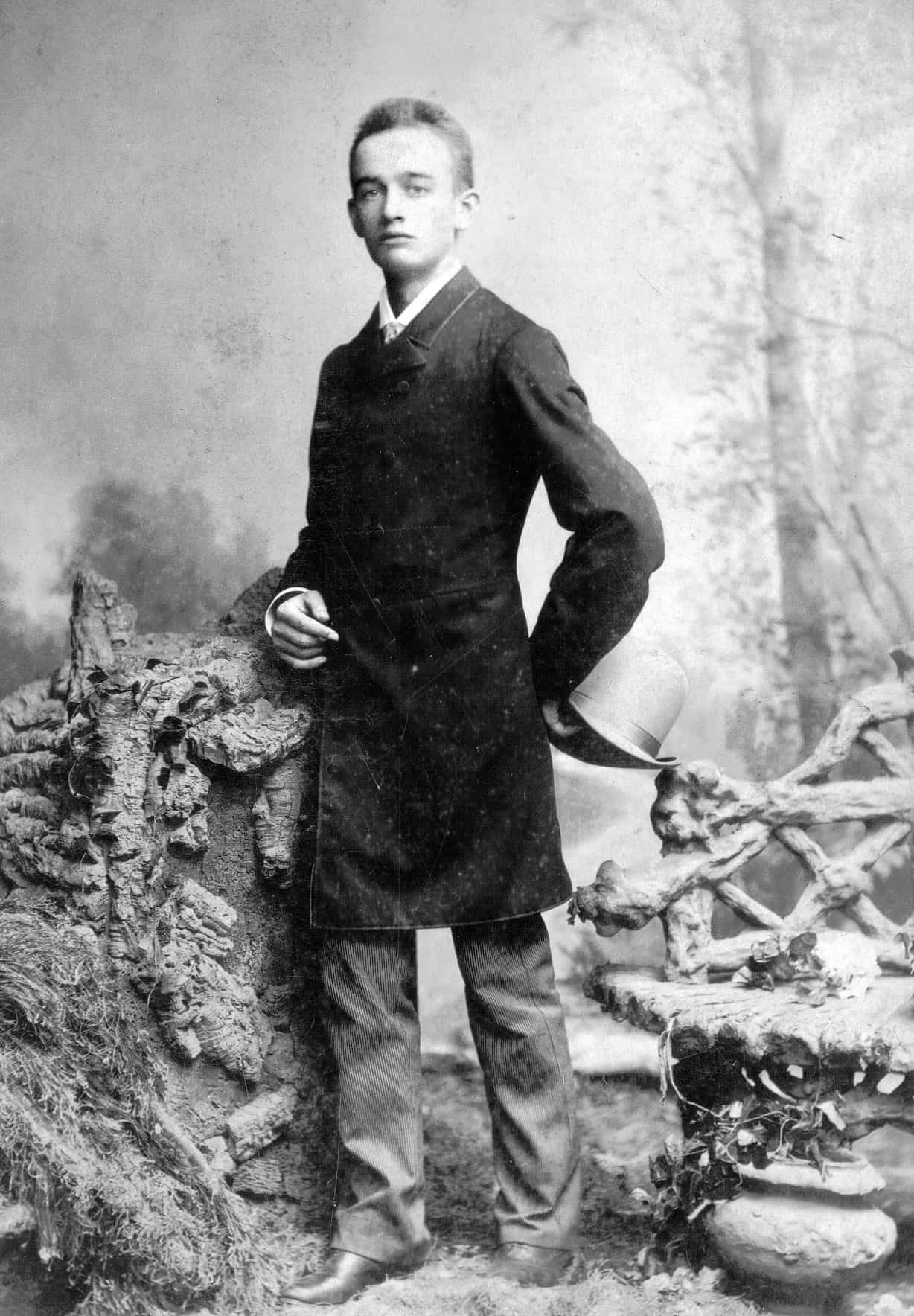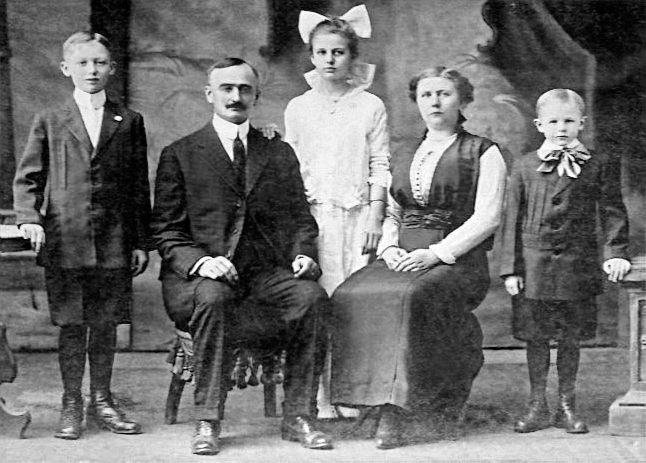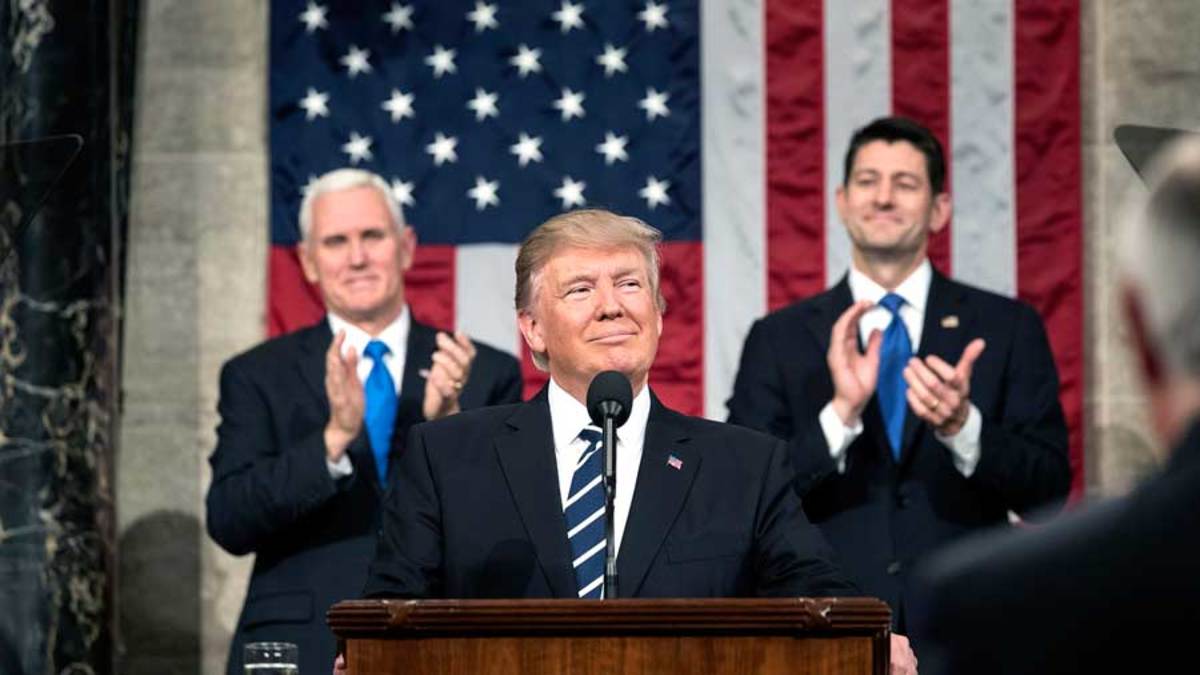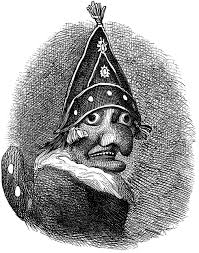Brenda Wensil
2020-01-01
2020-01-01
Roll Call
https://www.charlatanmagazine.com/Columns/RollCall/
Dylan Smith
2020-01-01
2020-01-01
Empire
https://www.charlatanmagazine.com/Columns/Empire/
Sunday Morning / January 21, 2018
As a sidewalk of commuters push up 5th Avenue, toward 56th street and against the wind, the ominous dark glass of Trump Tower blocks the sun, casting a cold late-January shadow on New York City. Two secret service agents armed with assault rifles stand guard underneath the building’s iconic gold signage. The tinselly residence of the 45th President of the United States looms as an archetypal symbol of American success, greed, and opportunism. Its the physical manifestation of an empire.
Inside the tower, the facility functions as a glittery ambassador to the Trump brand. There is a Trump Bar, Cafe and Ice Cream Parlor. And, of course, a Trump Store; crammed full of campaign merchandise including hats, shirts, and sweaters all brandishing the Trump-Pence trademark. However, its in the Trump Grill—where they sell eighteen dollar “You’re Fired” Bloody Marys—that I await President Donald J. Trump’s first State of the Union address. I sit alongside several elderly women draped in fur, and inadvertently study a portrait of the founder of the Trump imperium. The patriarch, Fred, mustached and smiling, twinkles in a golden frame behind the bar.
The President’s first State of the Union was held in the midst of growing pressures from the Russian investigation, raising questions about whether the Trump campaign took part in meddling in the 2016 election and calling into question Donald Trump’s criminal liability in the firing of FBI Director James Comey. Trump declared that the state of the union is strong, and invoked images of golden roads leading America away from the Obama years, toward more jobs, stronger infrastructure, and celebrating his new tax reform. The reality TV star turned President hailed “a new American moment” in his maiden speech to congress that was ostensibly even keeled, and unexpectedly presidential. Far from the abrasive, off-the-cuff, dangerous style we’ve learned to expect, he may have even resembled a politician.
Since Inauguration Day, people have been scrambling to find a semblance of stability and consistency within this administration. In a world of political disorder, our President has acted as the epicenter of the chaos, causing more fires than he has put out. Just as the country begins to cope with one unprecedented flub, Trump is already on to the next one, rattling the cage of political morality and human decency. The only thing consistent about him and his first year in office has been his ability to flip the table, and to keep the nation and world bracing for whatever comes next.
Historically, the Trump family has always been mercurial; shifting their points of view, career paths, and lifestyles in order to meet their current financial need. They have, as a family, only looked forward, never questioning themselves, and always laboring toward the next objective. In the BBC documentary, Meet the Trumps: From Immigrant to President, we are given a concise insight into the stories of Donald Trump’s grandfather and father, both of whom set the stage for the ultimate immigrant success story. Indeed, the ideal that every US citizen should have an equal opportunity to achieve success and prosperity through hard work, determination, and initiative is the very epitome of the American Dream.

Frederick Trump 1887 via Wikipedia
Donald Trump’s grandfather, Frederick, came to New York in 1885 at the age of sixteen. He did not speak English, came with only one bag, and worked as a barber in Manhattan during his early years as an American immigrant. But by the time he was 23, Frederick was chasing the posterity of the western frontier, establishing the first Trump institution with a restaurant in Seattle Washington. Meet the Trumps describes him, and his kin, as having an “eye for opportunity and the gumption to get up and move,” rewriting his story in tandem with the shifting economy and changing tides of a nascent, growing country.
Frederick’s financial growth and movement toward prosperity is ripe with tales of capitalizing on the time’s sadism and barbarity, taking advantage of difficult situations he found on both sides of the country. He sold dead horsemeat to starving miners in Monte Cristo, and capitalized on horrifying conditions on the Klondike River. When the wealth moved North to White Horse, he ventured into the world of prostitution, alcohol, and accommodation with the first ever Trump institution, the Arctic Hotel. While thousands are struggling to survive, Frederick was doing extremely well, showcasing his ability to find relative opulence in the harshest of conditions. He had an uncanny ability to capitalize on chaos.
He’d endured the last years of the Old American West by understanding that survival and prosperity were commensurate with development. Frederick died in 1918, at age 49, as World War I was concluding and electricity was modernizing the fabric of Americana. Of his three children, Fred was only twelve when his father died of influenza. Without his father’s presence, Fred and his siblings were forced to take on the responsibility of providing for themselves and their mother, Elizabeth Christ, out of sheer necessity, initiative, and will. Fred, in particular, quickly learned how to draw blueprints, began building his neighbors garages, and eventually began constructing homes. Elizabeth Trump & Son found themselves at the center of a bustling new industry, and by 1926 had already built 20 homes in Queens. By the mid-1930s, during the Great Depression, they’d pioneered the concept of supermarkets with a Trump Market in Woodhaven. The slogan "Serve Yourself and Save" was an instant hit, and their audacity to capitalize on the world’s chaos and misfortunes was in its second incarnation.

Fred, Frederick, Elizabeth, Elizabeth, John 1915 via Wikipedia
Dark times are times of great opportunity for people of great stealth,” said Wayne Barrett, the late editor of the Village Voice. Fred, like his father, proved himself to be particularly cunning during times of communal desolation.
The New Deal was a series of federal programs, public work projects, financial reforms and regulations enacted in the United States during the 1930s in response to the Great Depression. At the time, President Roosevelt was pushing out government funding for building programs, attempting to pull the country out of the dirt and save the economy. As Trumps do, Fred seized the moment, accepting more government funding than he needed, sucking out every dollar he could from the building programs, and laying the groundwork to his empire in the process. Barrett notes “the great irony is that the Trump Empire, as it was built in the 30’s, was in many ways a consequence of great liberal policies.”
The 20 single-family homes eventually gave way to apartment complexes. He found himself on the brink of a booming industry, and through his political connections was pocketing enormous amounts of cash. During World War II, Trump built barracks and garden apartments for U.S. Navy personnel near major shipyards along the East Coast, and after the war he expanded into middle-income housing for the families of returning veterans. By 1950, The Trump Management Company was building and operating affordable rental housing via large apartment complexes in New York City, including more than 2,700 low-income multifamily apartments and row houses in neighborhoods like Coney Island, Brooklyn and Queens. “His father had been on the last Frontier in the Old West,” describes Gwenda Blair, “and Fred was on the new frontier of the Federal Government.”
Once dubbed “the Henry Ford of real estate,” Fred married Mary Anne McLeod in 1936 and produced 5 children including a son, Donald J. Trump, in 1946, who’d rise to become the company’s president in 1971 and rename it The Trump Organization. He received a $1 million loan from his father in the mid-1970’s that enabled Donald to enter the real estate business in Manhattan. "It was good for me," Donald later commented, "being the son of somebody. I got Manhattan all to myself.”

Donald Trump via Wikipedia
The story of how Donald J. Trump became president of the Trump Organization at the age of 25, and the eventual president of the United States at the age of 70, is well known and documented. The path is strewn with scandals and questionable business practices. As of 2016, Trump and his businesses had been involved in more than 3,500 state and federal legal actions, and though Trump has never filed for personal bankruptcy, his hotel and casino businesses have been declared bankrupt six times. While his casino bankruptcies were the most visible flops, it can fairly be said that Trump’s nearly 50 years in the real estate game is a mix of braggadocio, business failures, and branding genius.
Meet the Trumps maps one family’s drive, ambition, and determination from lowly immigrants to the American Presidency. It’s a dark and sometimes damning portrait of a brutal family who, for generations, were innate masters of exploiting societal chaos. Whether selling food to those starving along the Klondike River, or single handedly selling tax reform legislation to the U.S. Congress, the Trumps have a motto they live by, and pass along to their sons, “We are killers. We are kings.” As Trump enters the chambers, mounts the podium, and readies himself to address the nation, the one he rules, he is in full command of the 'New American Moment.'








